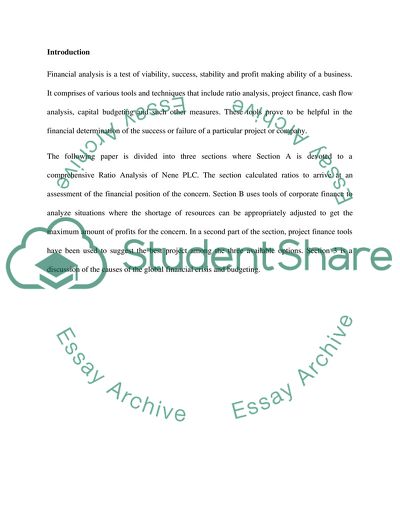Cite this document
(“Financial Analysis As The Stability Of The Business Essay”, n.d.)
Financial Analysis As The Stability Of The Business Essay. Retrieved from https://studentshare.org/finance-accounting/1646138-financial-analysis-as-the-stability-of-the-business
Financial Analysis As The Stability Of The Business Essay. Retrieved from https://studentshare.org/finance-accounting/1646138-financial-analysis-as-the-stability-of-the-business
(Financial Analysis As The Stability Of The Business Essay)
Financial Analysis As The Stability Of The Business Essay. https://studentshare.org/finance-accounting/1646138-financial-analysis-as-the-stability-of-the-business.
Financial Analysis As The Stability Of The Business Essay. https://studentshare.org/finance-accounting/1646138-financial-analysis-as-the-stability-of-the-business.
“Financial Analysis As The Stability Of The Business Essay”, n.d. https://studentshare.org/finance-accounting/1646138-financial-analysis-as-the-stability-of-the-business.


